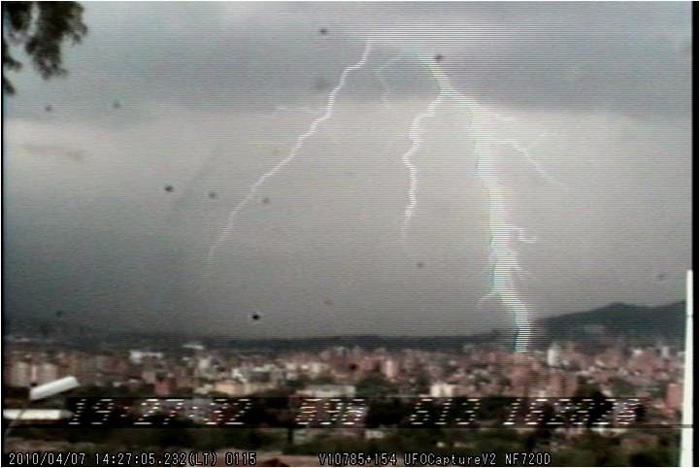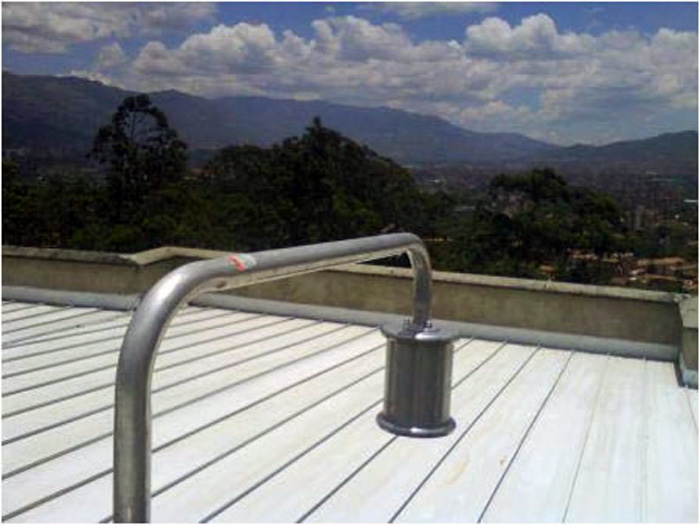One of the scariest and most destructive natural phenomenons might have a possible solution with this system that measures the environmental electric field.
The Acquisition Program and Signal Analysis Research Group of Universidad Nacional de Colombia in Medellin aims at measuring the moment and place in which this electric phenomenon occurs, and alerting people in the zones exposed to this natural phenomenon.
The equipment that the group from the university used is known as mill or electric field machine, which is used to make the measurements, and, although it is an old model, it is being used along with the shock localization network SID from the company Interconexión Eléctrica S.A. (ISA), through a cooperation agreement, and satellite images from the satellite GOES in NASA.
Javier Herrera Murcia, a researcher and professor of the group, explained that "when a storm or a storm cloud appears close to a determined region, the electric field starts changing in certain way, then, based on the measurements made with the equipment, it is possible to decide if alerting people or not regarding a storm that is emerging."
This prevention model, fomented at Universidad Nacional de Colombia, is already working in the campuses in Medellin, Manizales and Bogotá, as well as in the coal mine of Cerro Matoso (Córdoba); in the oil company Pacific Rubiales, in Puerto Gaitán; in the energy company Codensa, and its expansion is expected to the entire country.
Although this equipment can be used in any region in Colombia, professor Herrera explained that "the electric activity is concentrated in certain points, and Medellin is the urban zone where the biggest activity occurs in the entire country," since, according to what the professor said, between June, 2010 and October, 2011, in just one sector in the city more that 1,300 records of this kinds were reported.
This project, which has been tested mainly in Medellin due to its mountainous condition, has served to adjust other systems present in the country. Besides, it can be visualized through the electric storm information system of the website of Universidad Nacional de Colombia.
The study detected that this system increments the useful life of power transformers in the cities and reduces the risk of losing human lives.
This technological development called Design of an electric storm prediction system in mountainous zones has been developed for five years and makes part of the methodologies for the storms and lightning prevention in the regions in which Universidad Nacional de Colombia is present.
 Correo Electrónico
Correo Electrónico
 DNINFOA - SIA
DNINFOA - SIA
 Bibliotecas
Bibliotecas
 Convocatorias
Convocatorias
 Identidad UNAL
Identidad UNAL





